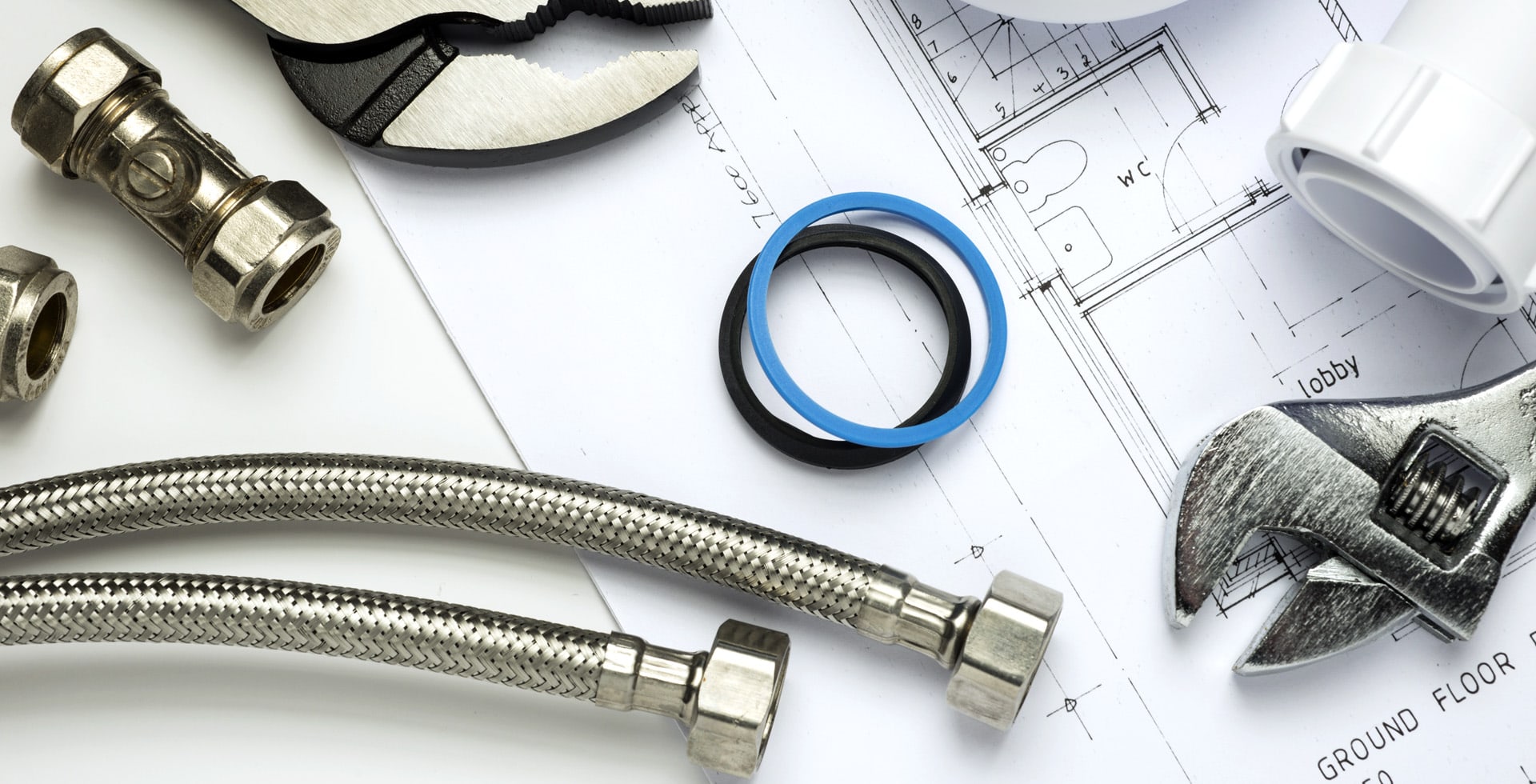A gas valve is a crucial component of a furnace, responsible for controlling the flow of natural gas or propane to the burner. If the gas valve malfunctions, it can lead to issues such as the furnace not igniting or shutting off unexpectedly. Repairing or replacing a faulty gas valve can be complex and potentially dangerous if not handled correctly. This guide will walk you through the steps to repair a gas valve on a furnace, ensuring safety and efficiency.
Understanding the Gas Valve
Before diving into the repair process, it’s important to understand the basic function and structure of a gas valve in a furnace. The gas valve regulates the gas flow to the furnace’s burners, turning the supply on and off in response to the thermostat’s signals. It also includes safety features, such as shutting off the gas supply if the pilot light goes out or if there’s a problem with the ignition system.
Common Signs of a Faulty Gas Valve
A malfunctioning gas valve can present several symptoms:
- Furnace not igniting.
- Burner fails to stay lit.
- Intermittent or inconsistent heating.
- Unusual sounds from the furnace.
- The smell of gas, indicating a potential leak.
GET IN TOUCH
Schedule a Visit
Safety Precautions
Repairing a gas valve involves handling natural gas or propane, which can be hazardous. It’s crucial to follow these safety precautions:
- Turn off the gas supply: Locate the gas shut-off valve and turn it off before beginning any repair work.
- Disconnect power: Ensure the furnace is turned off at the breaker to prevent accidental ignition or electrical shocks.
- Ventilation: Work in a well-ventilated area to prevent gas buildup.
- Use appropriate tools: Only use tools designed for working with gas valves and plumbing.
- Check for leaks: After repairs, always check for gas leaks using a gas leak detector or a soap solution.
Steps to Repair or Replace a Gas Valve
1. Diagnose the Issue
Before proceeding with the repair, confirm that the gas valve is indeed the problem. Other components, such as the thermostat, ignition system, or wiring, could also cause similar symptoms.
2. Access the Gas Valve
- Turn off the gas and power: As mentioned, ensure both the gas supply and power to the furnace are completely shut off.
- Remove the access panel: Locate and remove the panel covering the gas valve. This will typically involve unscrewing several screws.
3. Inspect the Gas Valve and Connections
- Visual inspection: Look for obvious signs of damage, such as corrosion, cracks, or wear.
- Check wiring: Ensure all electrical connections to the valve are secure and undamaged.
4. Replace the Gas Valve (if necessary)
If the gas valve is found to be defective, it may need to be replaced. Here’s how to do it:
- Disconnect the gas line: Use a wrench to carefully disconnect the gas line from the valve. Be cautious of any residual gas in the line.
- Remove the old valve: Unscrew the valve from the furnace and carefully remove it.
- Install the new valve: Align and screw in the new gas valve. Reconnect the gas line securely.
- Reconnect wiring: Attach the electrical connections to the new valve.
5. Test the Repair
- Restore gas and power: Turn the gas supply and power back on.
- Check for leaks: Use a gas leak detector or a mixture of soap and water to check for leaks around the gas valve and connections.
- Test the furnace: Set the thermostat to call for heat and observe the furnace operation. Ensure the burners ignite correctly and the furnace operates smoothly.
When to Call a Professional
While some furnace repairs can be handled by homeowners, working with gas valves can be dangerous. If you’re unsure about any step of the process or if the problem persists after replacing the gas valve, it’s best to call a licensed HVAC technician. They have the expertise and tools to safely diagnose and fix issues with gas furnaces.
Repairing or replacing a gas valve on a furnace is a task that requires careful attention to safety and detail. By following the steps outlined above, you can address common issues related to gas valves and ensure your furnace operates efficiently. However, due to the potential risks involved, always prioritize safety and consider seeking professional assistance if needed. Proper maintenance and timely repairs can extend the life of your furnace and ensure a safe and comfortable living environment.

